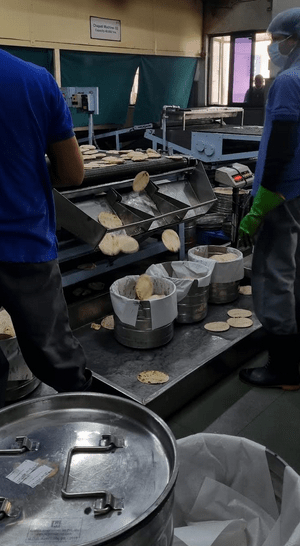I visited several spaces offering and facilitating education for youth and adults in India. My main takeaway is that education is the key to empowerment and uplifting families. This highlights the importance of removing educational barriers, such as but not limited to location, income, and nutrition.
I was born in Wales and educated in a Welsh medium until the age of 12, and an English medium in New Zealand until the age of 17. A key difference I noticed between Western and Indian primary and secondary education was student motivation. In the UK, by law children must attend school between the ages of 5 and 16, and in NZ between the ages of 6 and 16. Whereas in India, education appeared to be a privilege rather than compulsory.
Children in India do not attend school for a variety of reasons such as poverty, child labour, location and so on. The students I met in India recognised their privilege, especially those with scholarships, and felt passionate about their education. Many travelled from out of their communities to attend school but did not mind the hour or longer commute to school. Some voiced they preferred being at school due to the responsibilities they had at home and because of the ability to socialise and grow their curious minds. With a balance between learning and play, children had the opportunity to experience childhood and the freedom to determine their future by working hard at school.
In comparison, many of the students I grew up with in both the UK and NZ felt forced to attend school and displayed reluctance to learn or apply themselves. I believe there are several factors contributing to the motivation seen in Indian students, such as being a first-generation student, parental influence highlighting the importance of education for themselves and their family, and the lack of entitlement which highlights the privilege of education.
Isha Vidhya Matriculation Higher Secondary School
- Offers education to rural India.
- Most of the youth received scholarships which they voiced were easy to obtain.
- A colourful school filled with images to communicate with visual learners.
- Peer-based programmes
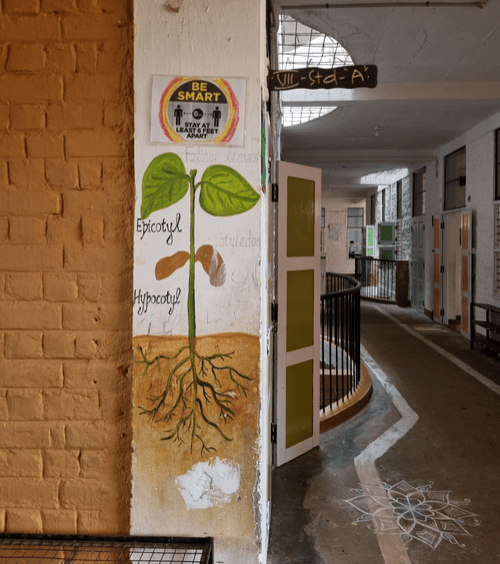
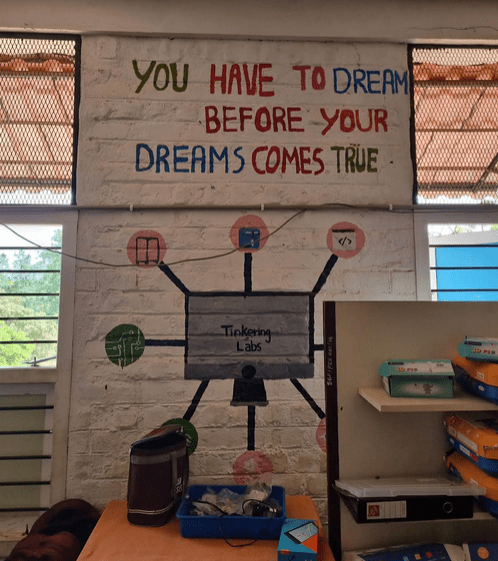

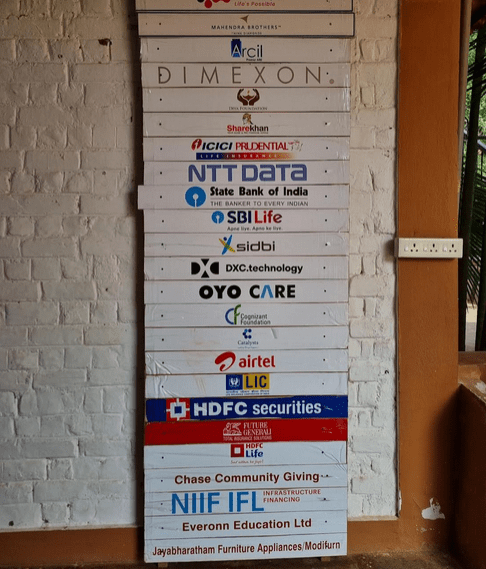
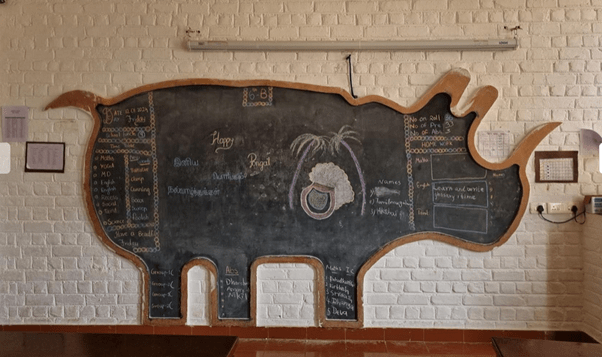
Isha Home School
Approx. 300 students aged 6-18 with a 1:5 teacher-student ratio
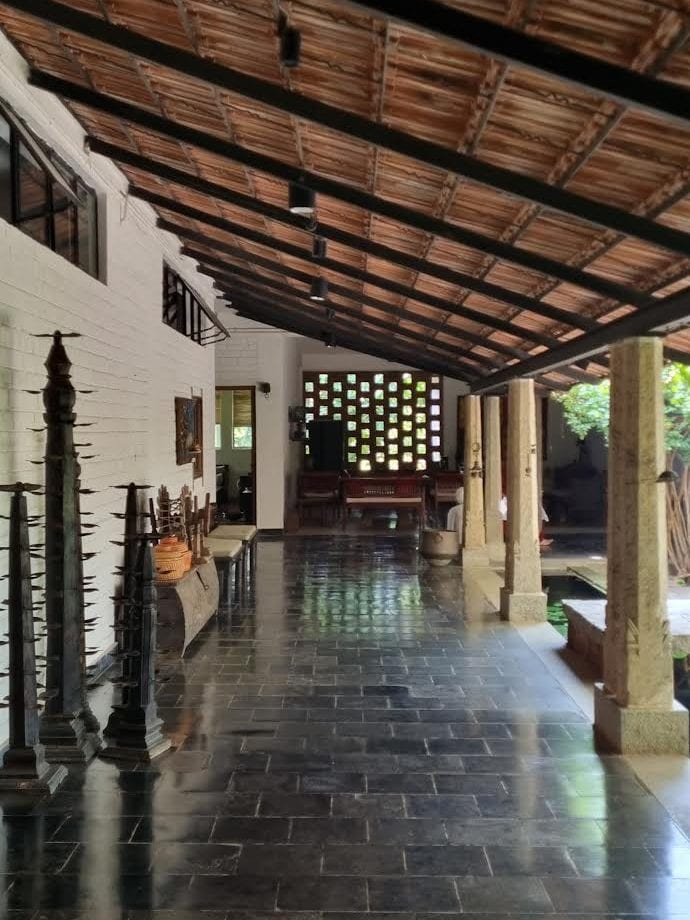
Infosys
- Tech consulting and outsourcing company with an international internship programme
- Encourages their employees to advance their skills
- Offers different courses such as English and communication. Students spend around 20 minutes of concept learning followed by 20 minutes of hands-on work resulting in better concentration and exam results. Students are assessed after each topic in the course, however, information is retained better when revisited (e.g., learning all course content, revision, examination).
- Trains staff in critical thinking, public speaking, email etiquette, business communication, design thinking, presentation skills, negotiation skills, and cross-cultural skills.
- Income can be a barrier to education; in response Infosys designed a free interactive website to bridge the gap in digital literacy. Courses are designed to suit individual learning styles, language and ability.
Reality Gives based in Dharavi
- A non-government, non-profit community organization (NGO) providing public tours and access to education for youth and adults from low-income urban communities
- Schools and educational programmes based in the slums of Dharavi and Sanjay Colony
- Focus on English; the community centre offers an 8-month English course
“We strongly believe education is the most powerful tool for young people to break from the cycle of poverty.”
The Dharavi Way
- Vision: a world where all communities have equitable access to opportunities and resources
- Mission: to provide young people from underprivileged communities in India with quality education to enable them to maximise their potential
- Values: development, honesty, professionalism, teamwork, respect, care
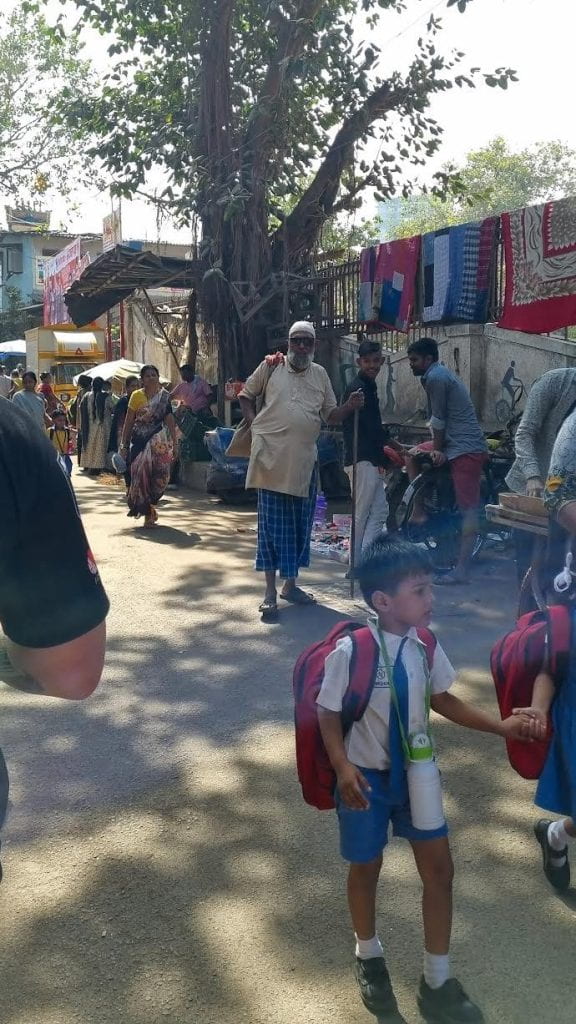
Ahmedabad University
A private, non-profit research university offering students a liberal education focused on interdisciplinary learning and research thinking.
“We mould independent thinkers and compassionate leaders who go on to engage innovatively with the complex challenges of our societies. As a research university, we are committed to the discovery of new ideas, and to the belief that good theory results in good practice.”
Students have 2 years to explore their options before committing to a major.
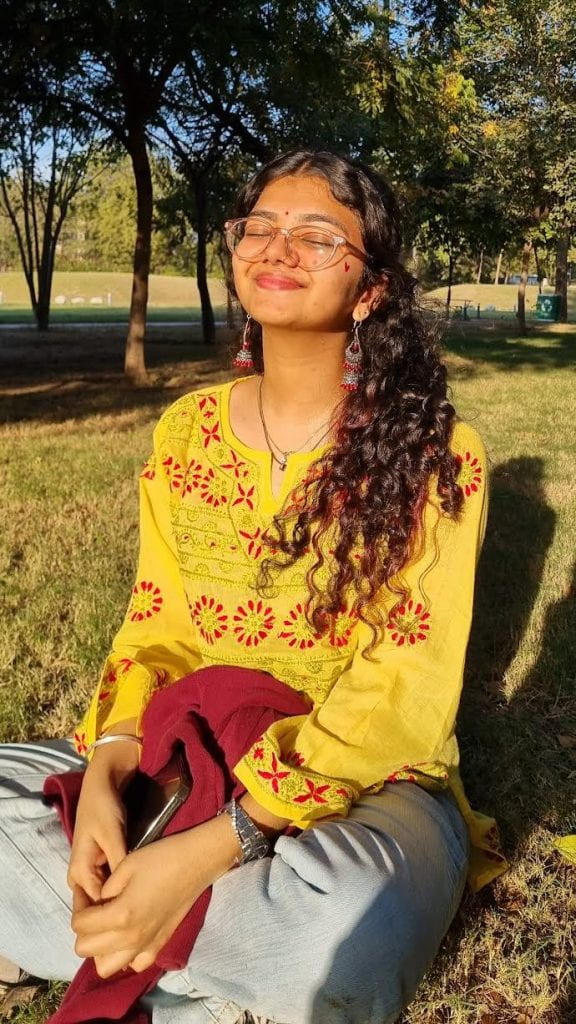
Manav Gulzar Community Centre
- NGO working in the domains of values-based education, health, employment, child and youth development, skill training and nutrition. Manav Gulzar is the subsidiary organisation of Manav Sadhna; an NGO working to uplift slum communities through the spirit and values of Mahatma Gandhi.
- Projects evolve based on the needs of the community
- Health and awareness programmes for the community to prevent severe health conditions.
- Adolescent programme; a safe space to discuss gender and health issues that are often taboo within the community.
- Skills training; computer literacy and a sewing programme to offer housewives additional income.
- Approx. 2,000 students in the 1-10 grade formal school programme which is dedicated to nurturing each child so that they may blossom to their fullest potential.
- Students are provided with lunch to strengthen their physical and mental well-being. Nutrition directly impacts academic performance, memory and other learning behaviours.
- The children in the community reportedly do not have the same drive to go to school; Manav Gulzar educates children of the power of education.
- For youth, the focus goes beyond education and considers social-emotional challenges and the home environment. Manav Gulzar recognises it takes a lot to raise a child and actively engages with families on a daily basis. They visit children’s homes to encourage children into school and to understand what is going on in the family’s life. Children not attending school will have more regular visits to understand the reasoning and to offer support. In this model, Manav Gulzar connects with families and builds trust. Parents know their family is supported and cared for.
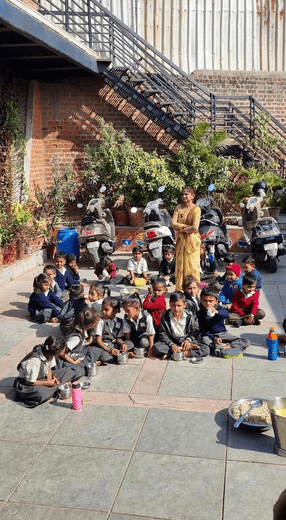
Akshaya Patra Kitchen
- A non-profit organisation providing nutritious meals for children studying in government schools and government-aided schools
- Partially funded by the government. Relies on donations.
- Automated mega-kitchen can produce 100,000 lunches per day.
- Reach in Rajasthan, Gujarat, Uttar Pradesh, Chhattisgarh, Odisha, Telangana, Karnataka, Andhra Pradesh, Tamil Nadu, and Assam.
- Mission: “No child in India shall be deprived of education because of hunger.”
- Meals designed and tested to meet government-set nutritional regulations.
